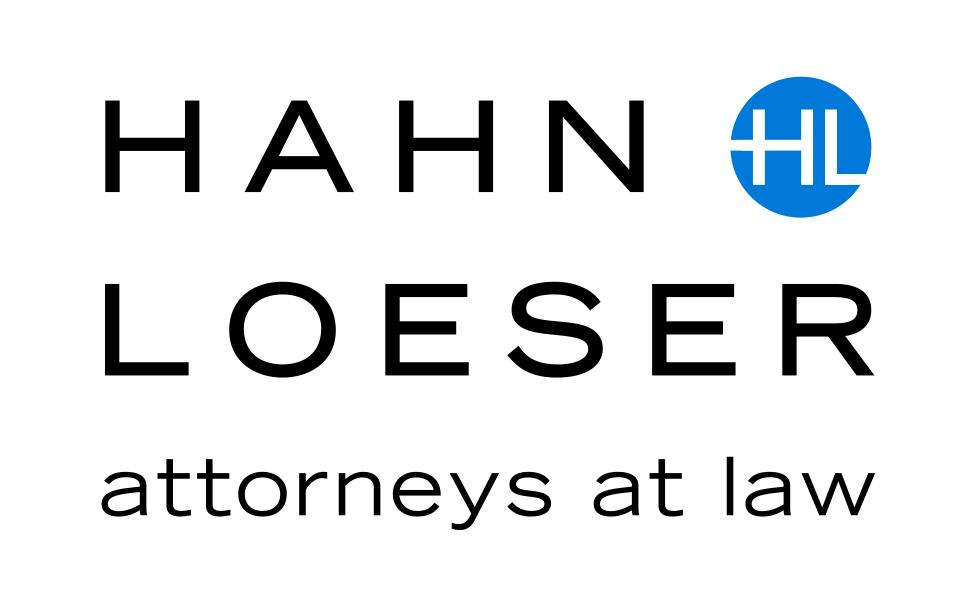In order to encourage and support the growth of minority and socially and economically disadvantaged businesses, the State of Ohio implemented several business assistance programs to foster the development of these businesses and increase the number of qualified competitors in the marketplace. Generally, these programs require Ohio state agencies to award a certain percentage of their contracts to businesses owned and controlled by different specified groups. To that end, Ohio has four primary programs: Minority Business Enterprise (“MBE”); Women-Owned Business Enterprise (“WBE”); Encouraging Diversity, Growth and Equity (“EDGE”); and Veteran-Friendly Business Enterprise (“VBE”). These programs are administered by the Ohio Department of Administrative Services, Equal Opportunity Division (“DAS”).
Recent Updates to the EDGE Program
The EDGE Program is designed to assist socially and economically disadvantaged persons and businesses in obtaining Ohio state government contracts in construction; architecture and engineering; professional services; goods and services; and information technology services. Each year, the Director of DAS sets the EDGE procurement goals for each state agency. Generally, the procurement goal is approximately five percent (5%) of all eligible agency procurements. A business is not eligible to be awarded contracts under one of these programs until the business is certified by DAS.
In October 2020, DAS updated the rules for the EDGE program, including revising the certification criteria. While there are many nuances to the certification requirements for the EDGE Program, this article provides a basic overview of the criteria and focuses on the most significant changes that DAS instituted effective October 2020.
Basic Requirements for EDGE Certification
Certification requirements are divided into two categories: (1) ownership requirements; and (2) business requirements:
- Ownership Requirements
To be eligible for EDGE certification, the business must be at least fifty-one percent (51%) owned and controlled by a socially and economically disadvantaged individual(s) (“Eligible Owner”). Each of the emphasized terms has a specifically defined meaning.
- Owned/Ownership: Ownership must be real and substantial, going beyond pro forma Ownership must be derived from individually and independently owned resources, like cash or equipment.
- Control: There are three parts of “control”: (i) operational; (ii) managerial; and (iii) independence. In general, the Eligible Owner(s) must have the experience, expertise, and knowledge to operate the business. Eligible Owner(s) should manage the day-to-day operations, policy decisions, personnel, and other major business decisions. The Eligible Owner(s) should have knowledge in the business and be technically competent to evaluate information and make independent decisions. The Eligible Owner must be more than merely an office manager or bookkeeper.
- Socially Disadvantaged: Individual(s) subjected to ethnic prejudices or cultural bias because of their identification with a particular group without regard to their individual qualities. There is a rebuttable presumption of social disadvantage for each of the following factors: race or ethnic origin (including African American, American Indian, Hispanic, Asian); gender—female; physical or mental disability, and personal experiences of substantial and chronic disadvantage.
- Economically Disadvantaged: Individual(s) whose ability to compete in the free enterprise system has been impaired due to diminished capital and credit opportunities as compared to others in the same or similar business(es) that are not economically disadvantaged. Some of the factors that DAS will consider include:
- Personal net worth must be less than $750,000;
- Average adjusted gross income for the three years immediately preceding application should be less than $350,000; and
- Fair market value of all assets should be less than $6 million.
- Business Requirements
There are three broad requirements for a business to be eligible for EDGE certification.
- Eligible Ownership: As stated above, at least fifty-one percent (51%) of the business must be owned and controlled by a socially and economically disadvantaged individual(s).
- Small Business: The business must meet the qualifications for a “small business” as defined by the U.S. Small Business Administration. Whether a business qualifies as a “small business” depends on the economic activity in which the business engages under the North American Industry Classification System (“NAICS”). The Code of Federal Regulations provides a comprehensive table of small business size standards matched to the NAICS industry codes. See 13 CFR § 121.201. Importantly, even if the business performs work crossing multiple industries, DAS will use only one NAICS code to determine the company’s size standard to qualify as a “small business.” The main NAICS code that DAS will use is the one in which the company generates the majority of its gross receipts at the time of certification or recertification. For example, if a business generates the majority of its receipts performing work as a roofing contractor (NAICS code 238160), its annual receipts must be not more than $16.5 million to qualify as a “small business.”
- Commercially Useful Function: A business must have a necessary and useful role that is real and required to complete the contract. The business cannot be only a figurehead or mere placeholder. For example, the EDGE-certified business should be responsible for executing the work in the contract and carrying out the contract responsibilities, including actively performing, paying, managing, and supervising the work involved. On the other hand, merely acting as an agent or intermediary for another company or purchasing materials from the owner of the contract are factors that weigh against performing a commercially useful function. Failing to perform a commercially useful function is grounds for decertification by DAS. Furthermore, it is important for general contractors to understand that expenditures to an EDGE-certified business will not count towards the goals set by the contract if the EDGE-certified business does not perform a commercially useful function.
* * *
This article is not meant to be a detailed description of all the certification requirements, but only a brief primer. Nearly all the certification requirements involve multi-factored tests and a nuanced analysis. Furthermore, the Ohio Administrative Code contains several other important rules, including expedited certification, revocation, and the prerequisites for contractors to obtain a waiver to the EDGE requirements in a contract, among others.
New Revisions to the Requirements for EDGE Certification
Although many of the certification requirements and rules remained the same, DAS recently instituted many changes to the EDGE program. Some of the changes were relatively minor clarifications and corrections, but some of the revisions are significant. The following highlights the more significant changes to EDGE certification requirements and rules.
1. Duration of EDGE certification
|
Before |
After |
| 10 years maximum | No limitation, but …
“[u]pon completion of six cumulative years in the EDGE program, a business seeking re-certification is required to complete a new application[.]” |
2. “In Business”
| Before | After |
| “The business is a for-profit business entity and in business for at least one year immediately preceding the date of the business’s application for certification.” | “a business must be a for- profit business entity that has been ’in business’ with the same owner(s) and ownership percentages for at least twelve months immediately prior to requesting certification.” |
3. Economically Disadvantaged Individual (“EDI”)
a. EDI: General Requirement
|
Before |
After |
| The factors for economic disadvantage were specified in the Ohio Administrative Code. | Explicitly incorporates the requirements for social disadvantage in the Code of Federal Regulations. These requirements are far more specific than in the prior rule. [“Economic disadvantage is based on 13 C.F.R. 124.104”] |
b. EDI: Personal Net Worth
|
Before |
After |
| At time of application: < $250 K
At any time after application: ≤ $750 K |
At time of application and after: < $750 K. |
c. EDI: Personal Net Worth includes …
|
Before |
After |
|
Does not specify |
d. EDI: Personal Net Worth excludes …
| Before | After |
|
|
e. EDI: Factors for consideration to determine economic disadvantage
| Before | After |
|
|
|
|
|
|
|
|
|
|
f. EDI: Presumptions
|
Before |
After |
| Rebuttable presumption of economic disadvantage: None. | Rebuttable presumption of no economic disadvantage when the average adjusted gross income over three preceding years > $350 K. |
4. Business Structure
To qualify as a socially and economically disadvantaged business, the owners/directors/officers must also be socially and economically disadvantaged in the proportions listed below:
| Before | After |
Corporation:
|
Corporation:
|
LLC:
|
LLC:
|
5. Recertification
| Before | After |
| “The applicant must demonstrate to EOD that the fifty-one per cent owner or owners and the business continue to qualify for certification.” | Same, plus …
DAS “may request … the following documents” to demonstrate continued eligibility/qualification: 1. current annual balance sheet; 2. current annual income statement; 3. current annual cash flow statement; 4. current annual profit and loss statement; 5. last three years of the at least fifty-one percent eligible business owner(s)’s personal taxes; 6. last three years of business taxes; and 7. any other documents DAS/EOD considers necessary. |
6. Revocation
Note: There are multiple grounds for DAS to revoke EDGE certification in the regulations. This table shows only the changes in the revised rules.
| Before | After |
Ground for revocation:
|
Ground for revocation:
|
For questions regarding Ohio’s EDGE Program and other programs such as Ohio’s MBE, WBE and VBE programs, please reach out to your primary Hahn Loeser attorney or contact one of the attorneys listed below.


